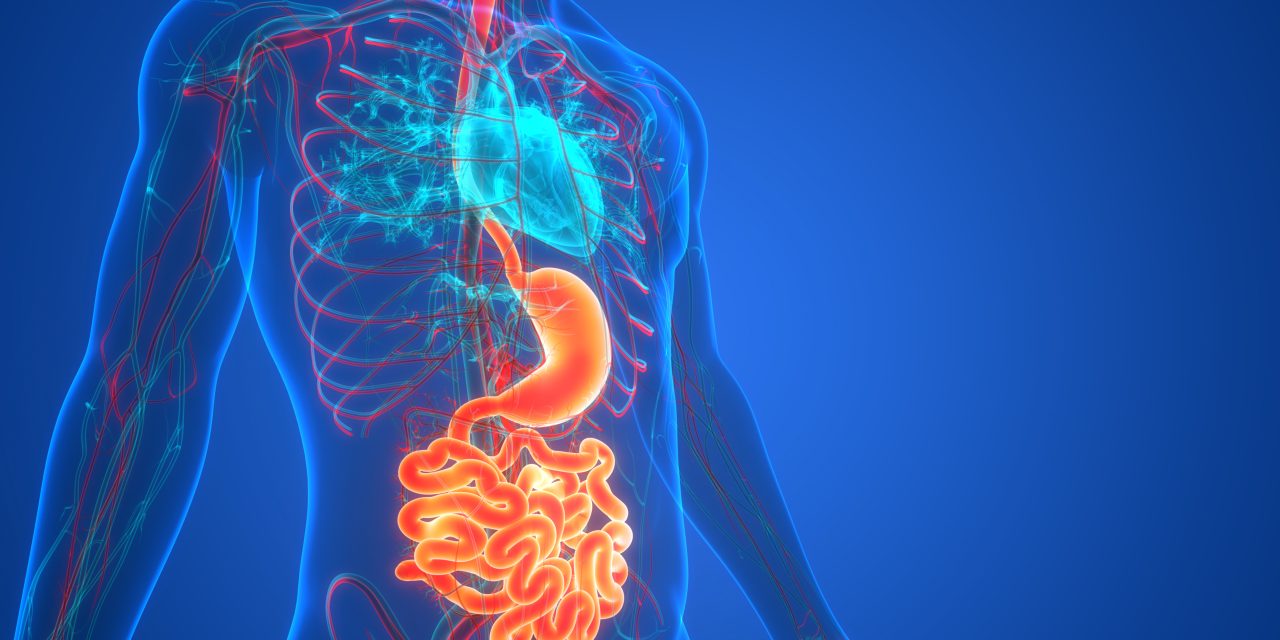Electrical impedance tomography (EIT) for lung perfusion imaging is attracting considerable interest in intensive care, as it might open up entirely new ways to adjust ventilation therapy. A promising technique is bolus injection of a conductive indicator to the central venous catheter, which yields the indicator-based signal (IBS). Lung perfusion images are then typically obtained from the IBS using the maximum slope technique. However, the low spatial resolution of EIT results in a partial volume effect (PVE), which requires further processing to avoid regional bias.
In this work, we repose the extraction of lung perfusion images from the IBS as a source separation problem to account for the PVE. We then propose a model-based algorithm, called gamma decomposition (GD), to derive an efficient solution. The GD algorithm uses a signal model to transform the IBS into a parameter space where the source signals of heart and lung are separable by clustering in space and time. Subsequently, it reconstructs lung model signals from which lung perfusion images are unambiguously extracted.
We evaluate the GD algorithm on EIT data of a prospective animal trial with eight pigs. The results show that it enables lung perfusion imaging using EIT at different stages of regional impairment. Furthermore, parameters of the source signals seem to represent physiological properties of the cardio-pulmonary system.
This work represents an important advance in IBS processing that will likely reduce bias of EIT perfusion images and thus eventually enable imaging of regional ventilation/perfusion (V/Q) ratio.
© 2021 Institute of Physics and Engineering in Medicine.
A model-based source separation algorithm for lung perfusion imaging using electrical impedance tomography.


